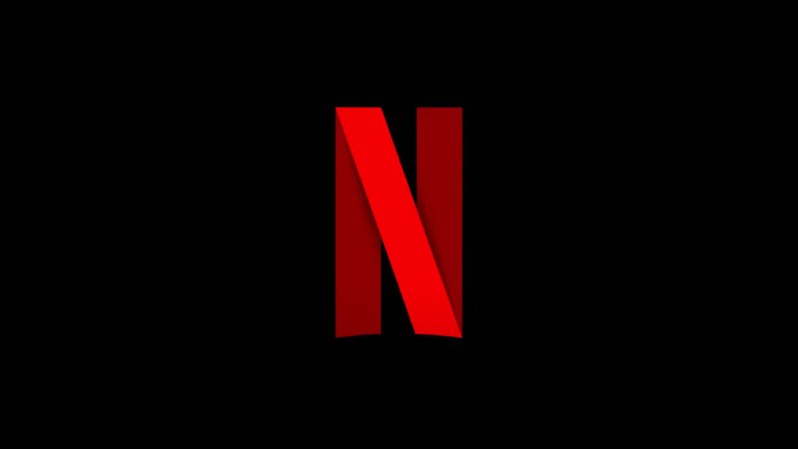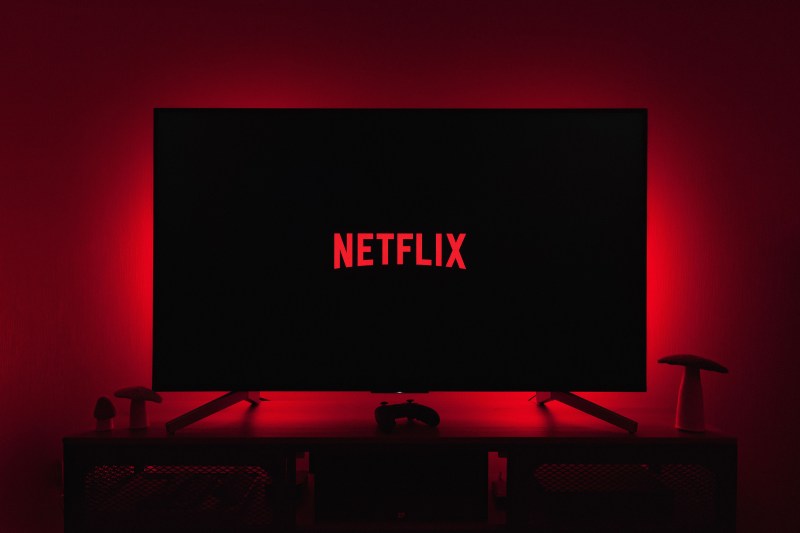
The start of a new month has arrived, but before you dive into the best Netflix movies to stream, or even the best Netflix shows, you’re going to want to double-check your billing options if you’re a longtime subscriber through Apple. If you don’t get current with Netflix’s newly revised billing options, then you may find yourself cut off from all of the series and films that you want to stream.
Customers in the United States, Canada, and a few other countries are reportedly no longer going to be allowed to pay for their Netflix subscriptions through Apple. According to Netflix’s official support site, the solution is simple: Update your Netflix account with your billing info.
“Some Apple-billed members in select countries may be prompted to add a new payment method to continue their subscription,” the site says. Once you take care of that, you’ll be all set to enjoy all of the benefits of your subscription as if nothing else had changed.

Why were the Netflix billing changes made?
Money. It always comes down to money, and that’s the biggest reason why Netflix is officially cutting ties with Apple’s App Store billing system. Apple takes a cut of everything they sell through the App Store, including subscriptions. Netflix no longer wishes to share any of its revenue with Apple, even if subscribers feel inconvenienced by the change. That was also the rationale behind Netflix’s recent crackdown on password sharing, as well as the addition of an ad tier for the streamer.
This change has actually been coming for several years now. As far back as 2018, Netflix disabled the option for new and returning subscribers to join or rejoin the service through the App Store’s billing system. At that point, the only people who were still paying Netflix through the App Store were the subscribers who were grandfathered in from their previous billing arrangements.
Netflix hasn’t shared the number of users who were paying through the App Store in 2024. That’s why we can’t hazard a guess about an exact number. It must have been a significant enough figure that Netflix felt the need to not only make the change by contacting the affected customers but also to spread the word through its support site.

Will Netflix raise its subscription rates again?
Yes, definitely. Nobody likes to pay higher subscription fees, and Netflix does tend to raise its prices fairly often. However, Netflix is also the streaming platform that spends an obscene amount of money on its original shows and movies, in addition to handling the cost of licensing TV series and films from other studios both in America and from around the world. That’s not cheap.
The good news is that Netflix usually waits about two years before a major price hike. Since the last price increase was in October 2023, we should at least have several more months under the current structure before the inevitable increases arrive. Enjoy the current prices while you can.


